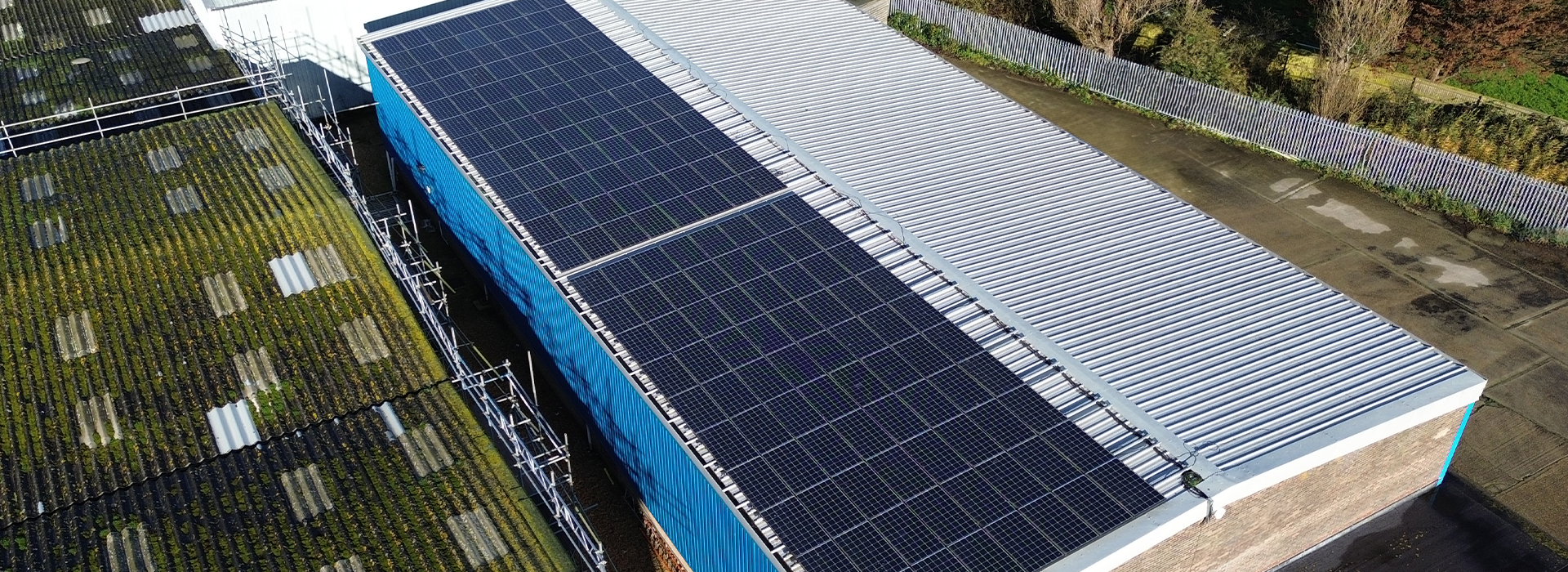EN795:2012 is a safety standard that sets out guidelines for the design, testing and use of anchor devices used for fall protection in the workplace. The standard was developed by the European Committee for Standardization (CEN), and is widely accepted as the benchmark for safety in the UK and throughout Europe.
In this blog post, we will provide an overview of EN795:2012, including its purpose, key requirements and how it is applied in the UK.
Purpose of EN795:2012
The main purpose of EN795:2012 is to provide guidance on the design, testing and use of anchor devices that are used for fall protection in the workplace. This includes both temporary and permanent anchor devices, which are used to secure personal protective equipment (PPE) such as safety harnesses and lanyards.
The standard is designed to ensure that anchor devices are able to withstand the forces that are likely to be placed on them during use, and to minimize the risk of injury to workers in the event of a fall.
Key Requirements of EN795:2012
The EN795:2012 standard sets out a number of key requirements for anchor devices used in fall protection systems. These requirements include:
Load Capacity – Anchor devices must be designed to withstand a certain amount of load, depending on the intended use. For example, anchor devices used for horizontal lifeline systems must be able to withstand a higher load than those used for vertical fall arrest systems.
Strength and Durability – Anchor devices must be strong enough to resist wear and tear, and must be able to withstand exposure to the elements.
Installation and Maintenance – Anchor devices must be installed and maintained in accordance with the manufacturer’s instructions. This includes regular inspections and testing to ensure that the device is still in good working order.
Compatibility with PPE – Anchor devices must be compatible with the PPE being used, and must be able to support the weight of the worker and any additional equipment.
Markings and Instructions – Anchor devices must be clearly marked with the manufacturer’s name, the maximum load capacity and any other relevant information. They must also be accompanied by clear instructions for use and maintenance.
How EN795:2012 is Applied in the UK
EN795:2012 is widely accepted as the benchmark for safety in the UK, and is used by many different industries and organizations to ensure that their fall protection systems are up to the required standard.
Employers are responsible for ensuring that their workers are protected from falls, and must carry out a risk assessment to identify any hazards and put appropriate measures in place to minimize the risk of injury.
If a fall protection system is required, employers must ensure that it meets the requirements of EN795:2012, and that it is installed and maintained in accordance with the manufacturer’s instructions. This includes regular inspections and testing to ensure that the system is still in good working order.
Conclusion
EN795:2012 is a safety standard that sets out guidelines for the design, testing and use of anchor devices used for fall protection in the workplace. The standard is designed to ensure that anchor devices are able to withstand the forces that are likely to be placed on them during use, and to minimize the risk of injury to workers in the event of a fall.
In the UK, employers are responsible for ensuring that their workers are protected from falls, and must ensure that their fall protection systems meet the requirements of EN795:2012. By following the guidelines set out in the standard, employers can help to minimize the risk of injury and ensure that their workers are able to carry out their work safely and effectively.



